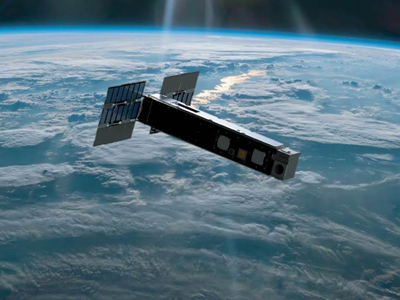SHARC satellite heads into space

Australian satellites, including the miniaturised satellite SHARC, were on the successful launch of a re-supply mission to the International Space Station (ISS).
SHARC (Satellite for High Accuracy Radar Calibration) is a satellite developed by the United States, which as part of its payload has GPS technology developed by the University of New South Wales (UNSW) Sydney in partnership with Defence Science and Technology (DST).
SHARC was carried to the ISS on an Orbital ATK/Cygnus OA-7 cargo craft launched by an Atlas V rocket, which departed early Wednesday 19 April from Cape Canaveral.
On its arrival the crew of the ISS will load the SHARC satellite along with other small satellites into the launcher later to be deployed into their own orbits by early July. SHARC will then be switched on and commence its year-long mission.
SHARC carries a GPS technology payload developed by UNSW (Sydney) and is integrated into the satellite by DST. It will conduct a range of experiments involving Australian facilities such as the Mount Stromlo Observatory in Canberra.
The experiments are aimed at increasing understanding of outer atmospheric effects on small satellites and improve our situation awareness of space.
The 2016 Defence White Paper highlights the importance of space-based systems for information gathering, communications, navigation and surveillance for all ADF and coalition operations. Advances in small low cost space platforms provide a unique opportunity to support Australian Defence Force capabilities and to rejuvenate Australian space research.
Also on the same mission were other Australian satellites to be launched as part of the multi-national, multi-university QB50 program.
View the launch on YouTube.

